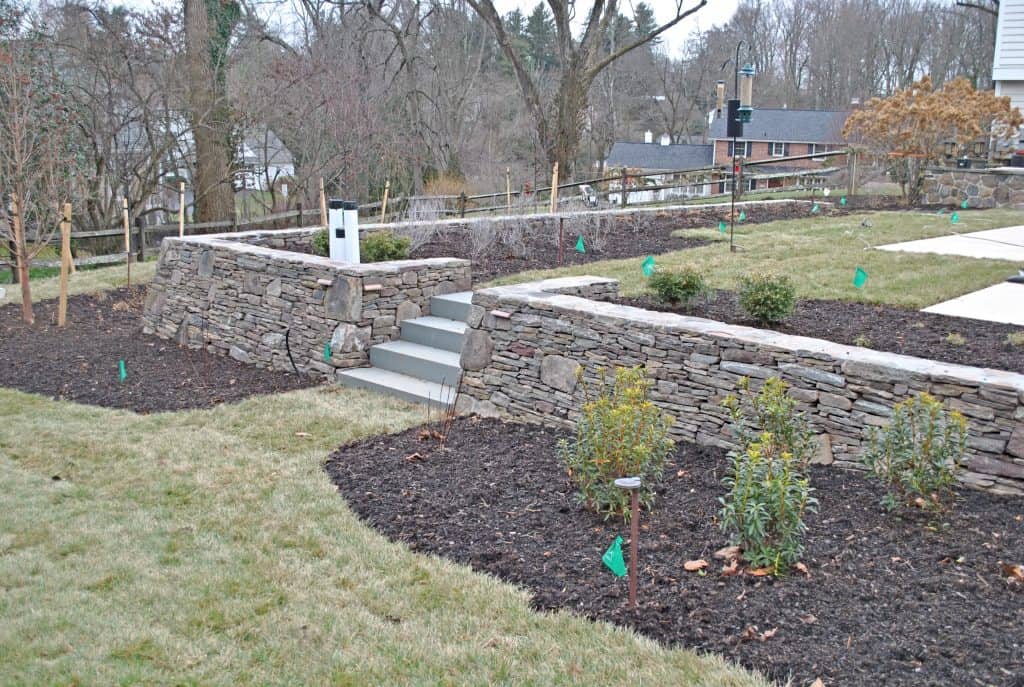As we become more aware of the impact that our choices have on the environment, creating an eco-friendly outdoor oasis has become a top priority for many homeowners. Your patio or deck is the perfect place to start making sustainable changes that not only benefit the planet but also create a beautiful and relaxing space for you to enjoy.
By incorporating sustainable practices and materials, you can transform your outdoor area into a green retreat that you can feel good about. In this blog, we will provide you with tips and ideas on how to create an eco-friendly patio or deck that is both stylish and sustainable.

Why sustainability is important for outdoor spaces
Sustainability in outdoor spaces is essential to minimize the environmental impact of modern living. By choosing eco-friendly materials and practices for your patio or deck, you can help reduce waste, conserve natural resources, and promote a healthier ecosystem. Additionally, sustainable outdoor design can enhance the aesthetic appeal of your space and provide a tranquil environment to unwind and connect with nature.
Choosing eco-friendly materials for your patio or deck
When selecting materials for your outdoor oasis, opt for sustainable options like recycled plastic lumber, reclaimed wood, bamboo, or composite decking made from recycled materials. These alternatives not only reduce the demand for new resources but also lower the carbon footprint of your outdoor space.
Consider materials that are durable, long-lasting, and easy to maintain to minimize the need for replacements in the future. Here are some sustainable hardscaping materials:
- Recycled Concrete: Using crushed and recycled concrete as a base material for your patio is an eco-friendly option that reduces waste and conserves natural resources.
- Porous Pavers: Porous pavers are made from recycled materials and allow water to permeate through the surface, reducing stormwater runoff and promoting groundwater recharge.
- Reclaimed Bricks: Reclaimed bricks are salvaged from old buildings and can be repurposed for patio construction. Using reclaimed materials reduces the demand for new production and helps preserve historical elements.
- Natural Stone: Opt for locally sourced natural stone for your patio. Locally sourced stone reduces transportation emissions, and natural stone is durable and long-lasting.
- Recycled Rubber Pavers: Made from recycled tires, rubber pavers are a durable and low-maintenance option for patios. They provide good traction and are resistant to cracking.
- Permeable Concrete: Permeable concrete allows water to pass through the surface, reducing stormwater runoff and replenishing groundwater. It can be a sustainable alternative to traditional concrete.
- Gravel: Gravel is a permeable material that allows water to infiltrate the ground. It can be used as a base or surface material for patios, providing good drainage and reducing the need for irrigation.
Remember to consider factors like local availability, durability, maintenance requirements, and your specific climate when selecting sustainable hardscaping materials for your patio. By consciously choosing eco-friendly materials, you can create a beautiful and responsible outdoor space that aligns with your values of sustainability.

Energy-efficient lighting options
Illuminate your eco-friendly outdoor oasis with energy-efficient lighting solutions. Opt for LED lights, solar-powered fixtures, or low-voltage lighting to reduce energy consumption and minimize your environmental impact. Not only do these lighting options help in lowering your electricity bills, but they also contribute to creating a sustainable outdoor space. By selecting energy-efficient lighting for your patio or deck, you can enjoy the ambiance while staying true to your commitment to eco-conscious living.
Water-saving techniques for outdoor areas
Water conservation is crucial for creating an eco-friendly outdoor oasis. Consider installing a rainwater harvesting system to collect and reuse rainwater for watering plants and cleaning outdoor surfaces. Opt for drought-resistant plants and use mulch to retain moisture in the soil. Implement a drip irrigation system to water plants efficiently and avoid water wastage. By incorporating these water-saving techniques into your outdoor space, you not only contribute to environmental sustainability but also reduce water usage and lower your utility bills.

Incorporating sustainable landscaping practices
Sustainable landscaping is integral to creating an eco-friendly outdoor oasis. Choose native plants that require minimal water and maintenance, as they are well-suited to the local climate and soil conditions. Utilize natural landscaping techniques like xeriscaping to reduce the need for irrigation and chemicals. Implement composting to enrich the soil and reduce waste. Consider using permeable materials for pathways and patios to prevent water runoff and promote groundwater recharge.
Final thoughts on creating an eco-friendly outdoor oasis
In conclusion, by incorporating sustainable practices such as selecting native plants, utilizing natural landscaping techniques, implementing composting, and using permeable materials, you can transform your patio or deck into an eco-friendly outdoor oasis. These simple yet effective tips not only enhance the aesthetic appeal of your outdoor space but also contribute to conserving water, reducing waste, and promoting environmental stewardship.
Embracing eco-friendly practices in your outdoor living area not only benefits the planet but also creates a healthier and more sustainable environment for you and your loved ones to enjoy for years to come. Make a positive impact today by making easy, conscious choices for a greener tomorrow!
